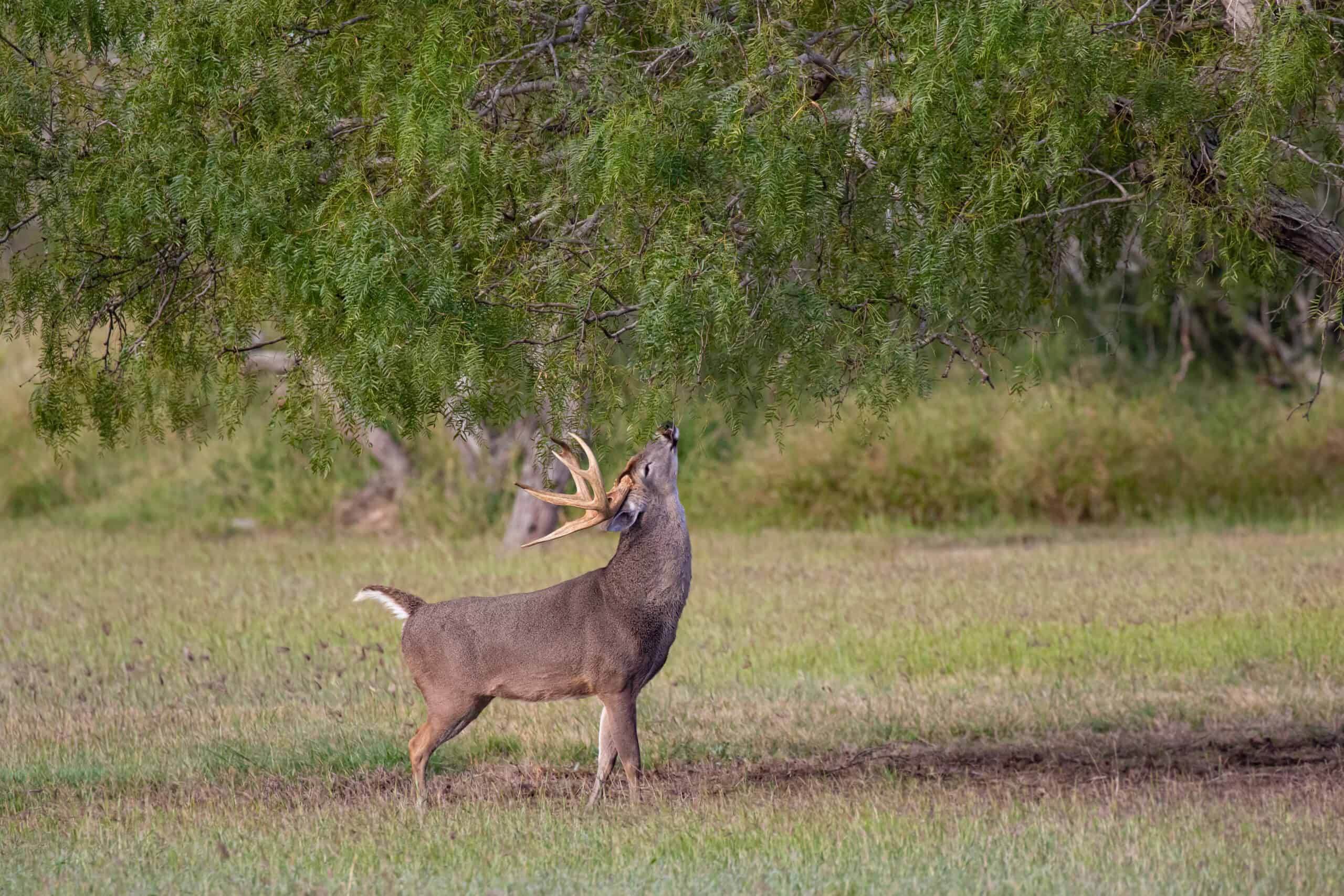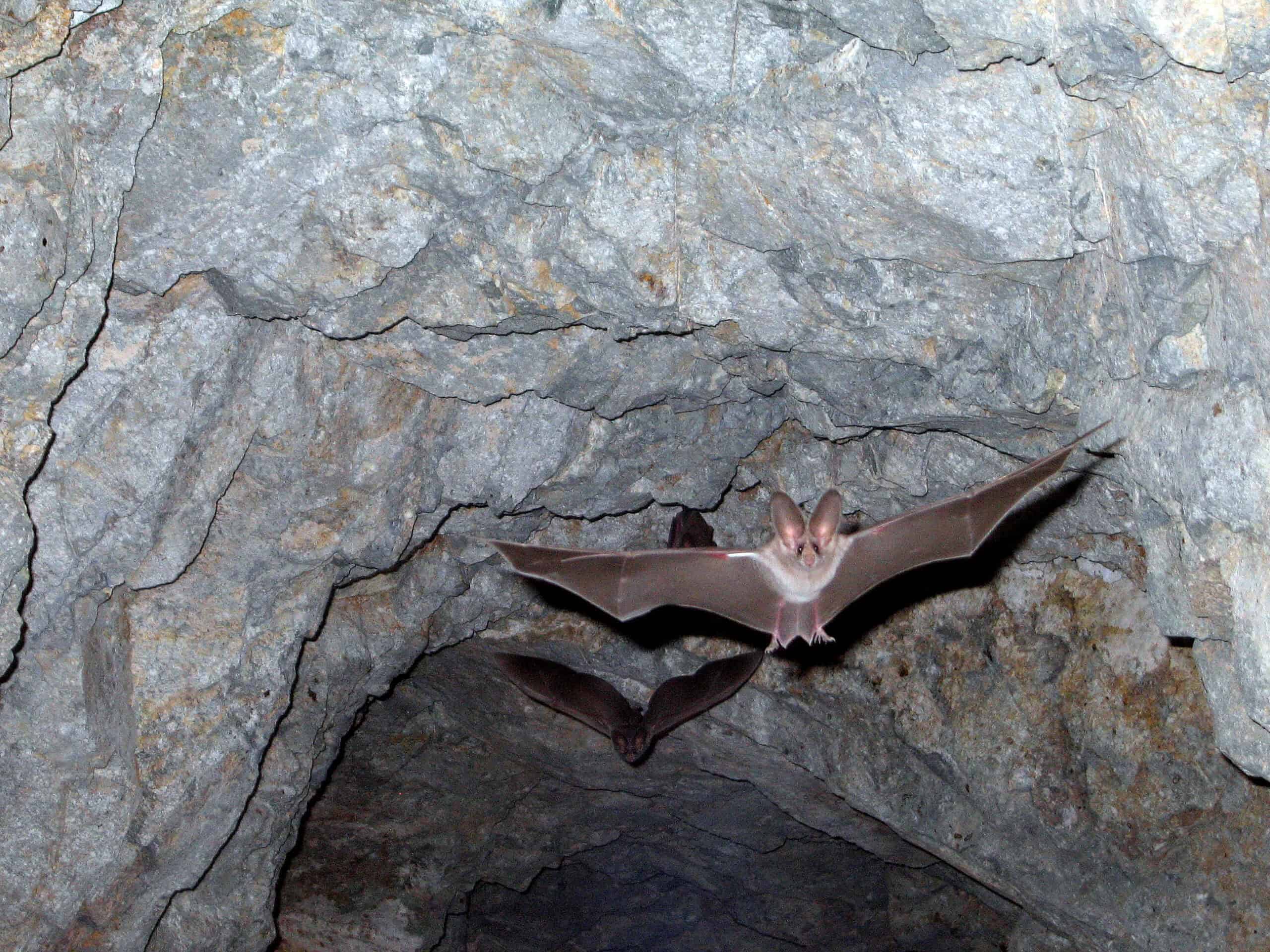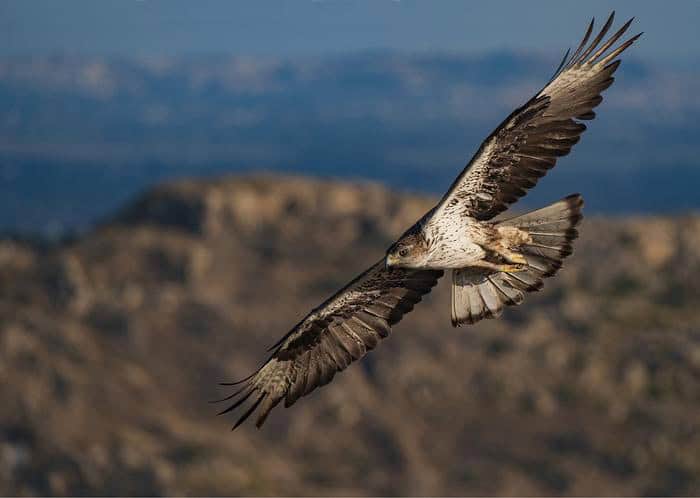Share this article
Wildlife Featured in this article
- White-tailed deer
Unique deer scraping behavior can spread CWD
Two studies suggest the communication behavior in deer can facilitate the spread of chronic wasting disease
Chronic wasting disease, a deadly disease to ungulates, is spread when infectious prions in the animals shed through bodily fluids, such as feces, urine, blood and saliva. Deer or other cervids can catch the disease when they come in close contact with each other. But because the prions remain infectious in the environment for years, CWD can also spread indirectly during feeding or other activities in shared spaces.
One likely indirect CWD transmission pathway in white-tailed deer (Odocoileus virginianus) is through their scraping behavior. Bucks primarily create scrapes that act as communication signposts during the breeding season. To create the scrapes, the ungulates use their front hooves to clear a circular area on the ground of debris and duft, usually next to a tree. Then, they urinate on the area, rub their face on it and lick a low-hanging branch, depositing scented secretions from glands. Additional deer will visit the scrape and perform similar behaviors, potentially encountering or disseminating CWD prions.
“Scrapes represent an understudied part of deer social behavior that may impact the spread of CWD,” said Kurt VerCauteren, a supervisory research wildlife biologist with USDA Wildlife Services.
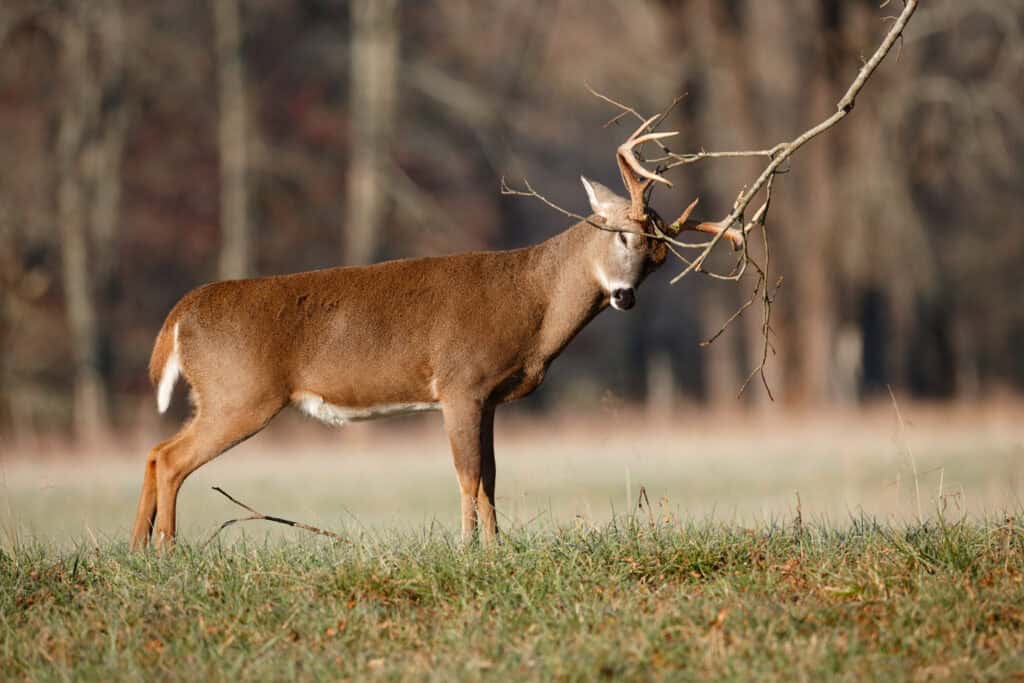
Wildlife Services-National Wildlife Research Center (NWRC), Southern Illinois University and the University of Wisconsin-Stevens Point researchers recorded visits and deer behaviors at scrapes throughout DeSoto National Wildlife Refuge in Iowa. They recorded 2,013 interactions by 169 unique, identifiable males and 75 females.
“Adult males performed the most scrape-related behaviors and spent the most time at scrapes, especially smelling the overhanging branch, smelling the scrape, licking/grasping the overhanging branch and scraping,” VerKauteren said.
Researchers used this and other data to conduct a social network analysis to describe indirect contact patterns among deer at scrapes.
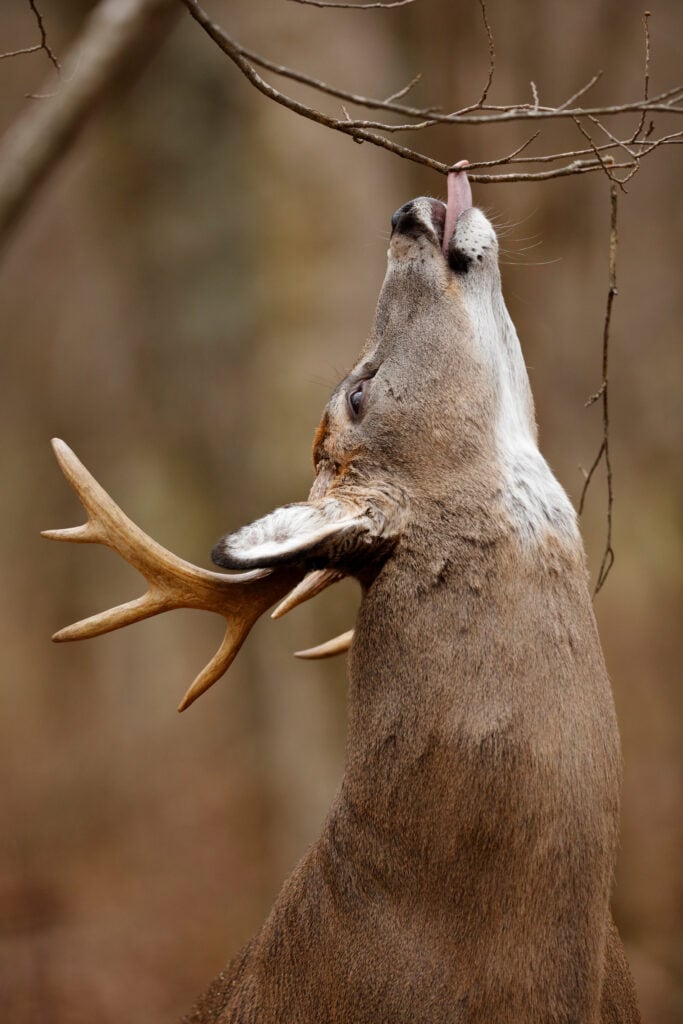
In a second study, researchers at the NWRC, Mississippi State University, Mississippi College, University of Wisconsin-Madison and the University of Tennessee analyzed samples from more than 100 deer scrape sites in Tennessee and found evidence of prion contamination. This supports the idea that scrapes could serve as early warning sentinel sites for CWD surveillance. Scientists can test the soil and tree branches for prion seeding activity, especially in areas with limited access to harvested deer samples.
“Results from both studies suggest that deer scrape sites could aid in CWD detection and surveillance, with creativity and ingenuity potentially in management,” VerKauteren said.
For more information, please contact NWRC@usda.gov.
Header Image: White-tailed deer at a scrape site. Photo by Adobe Stock (472865908)



